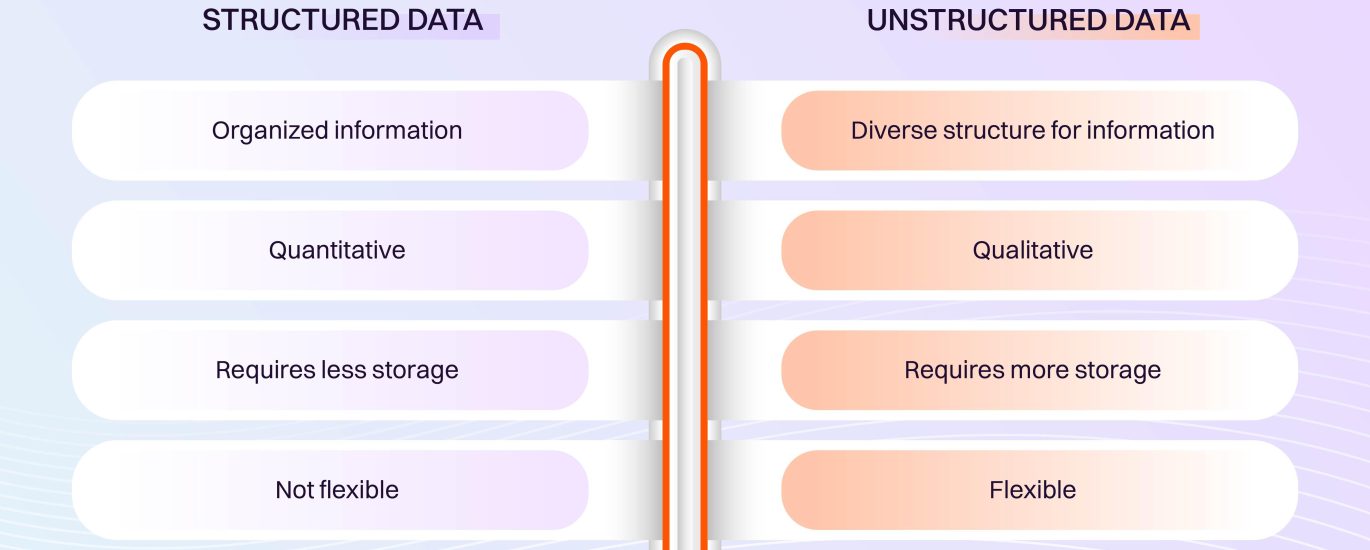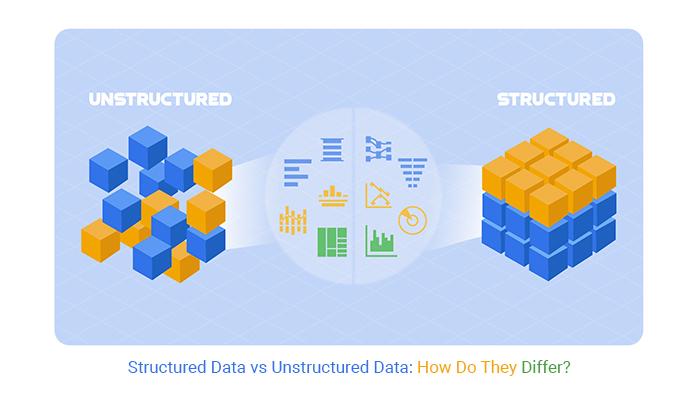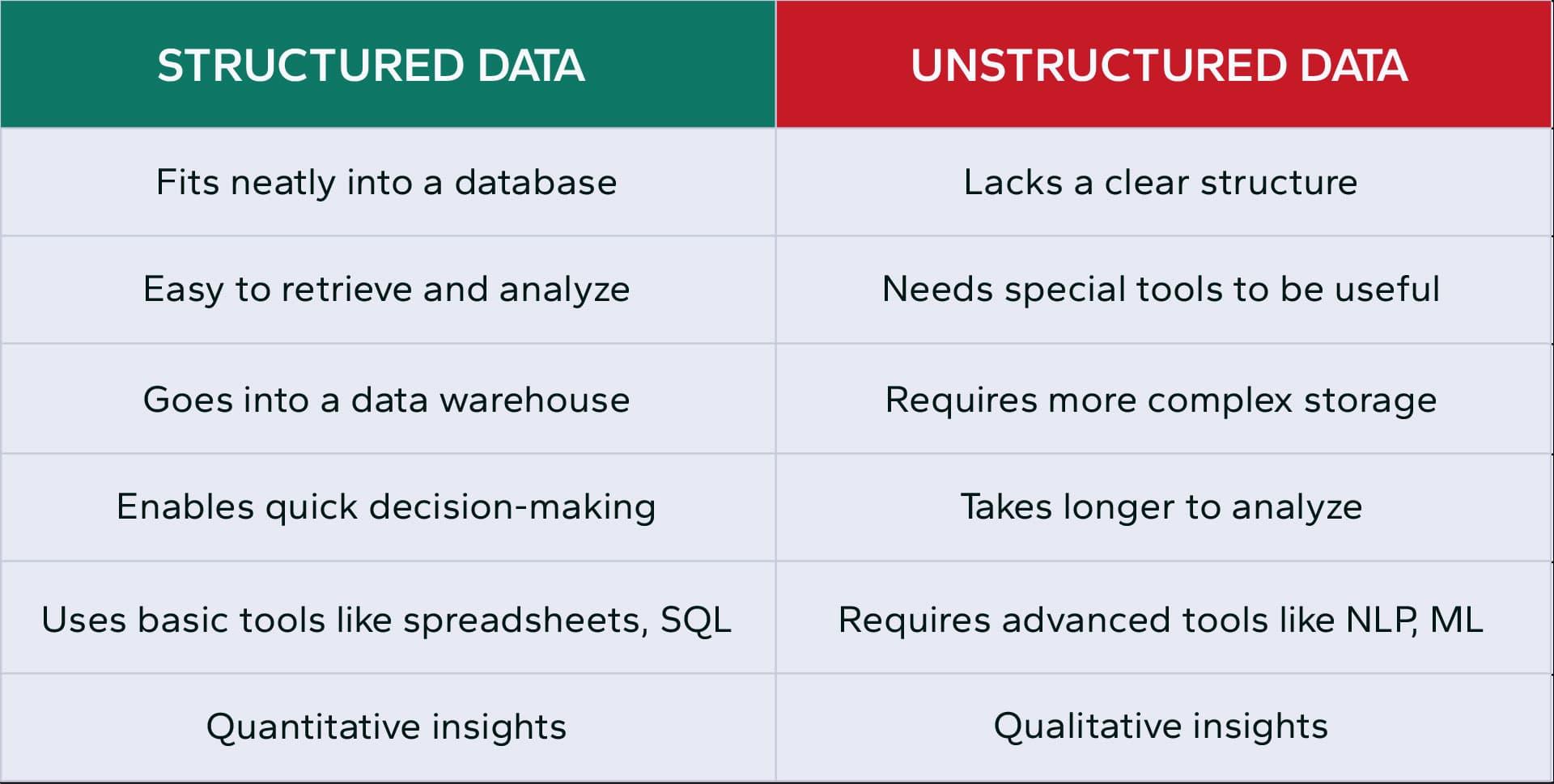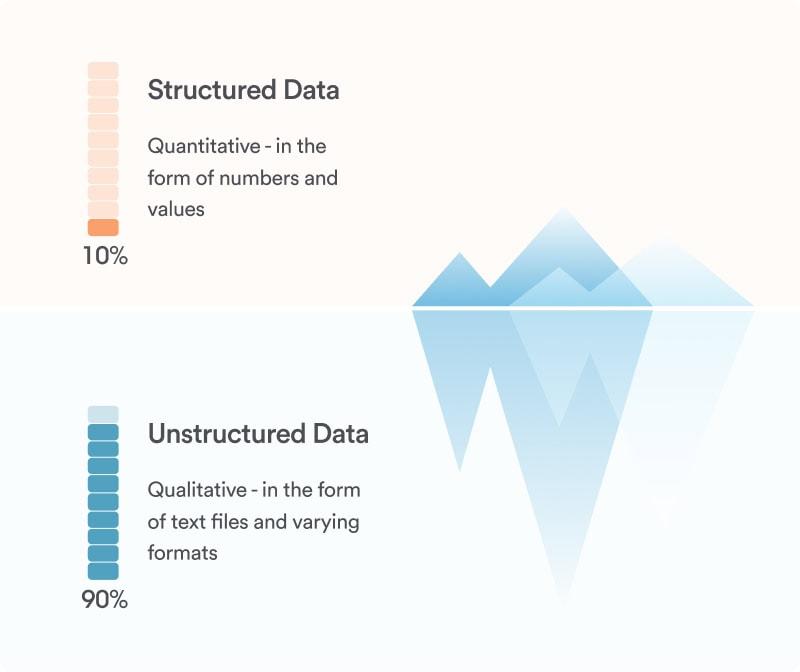



In the ever-evolving landscape of search engine optimization, the quest for higher rankings has led webmasters and digital marketers to explore a myriad of strategies. Among these, structured data has often been heralded as a potential game-changer, promising to make content more accessible and understandable to search engines. Though, in a recent declaration, Google has clarified a long-held misconception: while structured data can enhance how information is presented in search results, it dose not directly influence a site’s ranking.This revelation prompts a deeper examination of the role structured data plays within the broader context of SEO, challenging site owners to reconsider their priorities and approaches in an increasingly competitive digital domain. As we delve into Google’s insights, we’ll uncover the nuances of structured data, its true value, and what it means for those striving to optimize their online presence.
Structured data serves as a way to enhance the content on your site by providing search engines with additional context about your information. This format is derived from schemas, which are standardized vocabularies that help categorize and label content. By using structured data markup, you can define specific elements such as articles, products, events, and reviews. When implemented correctly, this can lead to rich snippets in search results—a visual enhancement that may attract more user attention. However, it’s essential to understand that these enhancements do not directly improve your ranking in search engine results pages (SERPs).
Google’s recent confirmation emphasizes that while structured data can improve how your site appears in search results, it doesn’t inherently elevate your website’s ranking. This distinction is crucial for SEO professionals and content creators alike. it’s also crucial to maintain a focus on the following key aspects to maximize your site’s performance:
Rather than viewing structured data as a ranking tool,consider it a complementary technique that enhances visibility and engagement. Below is a simple comparison of traditional SEO practices versus the use of structured data:
| Traditional SEO Practices | Structured Data Advantages |
|---|---|
| Focus on keyword optimization | Enhances search visibility with rich snippets |
| Improving site speed and mobile-friendliness | Provides context and relevance to search engines |
| Content marketing and link building | Can boost click-through rates and engagement metrics |

Many website owners mistakenly believe that simply implementing structured data will lead to higher rankings in search results. While structured data is indeed a powerful SEO tool that enhances the way search engines interpret content, it doesn’t guarantee a boost in rankings on its own. Google has made it clear that while structured data can contribute to rich snippets and better visibility in search results, the core factors affecting rankings remain content quality, user engagement, and authoritative backlinks. Therefore, relying solely on schema markup as a silver bullet is a misconception that could lead to neglecting othre essential SEO practices.
Additionally, the effectiveness of structured data is largely dependent on how well it’s integrated with the overall SEO strategy. To truly harness the potential of structured data, it should complement a robust on-page SEO foundation. The following aspects are crucial to ensure holistic optimization:
Ultimately, while structured data plays a role in improving the presentation of your site in search results, it cannot substitute for the multifaceted nature of SEO that drives actual rankings.

Implementing structured data effectively requires a strategic approach that goes beyond simply following guidelines. First, it’s essential to identify the relevant types of schema that align with your content.Utilize resources like Google’s Structured Data Markup Helper to aid in marking up your web pages accurately.Here are ways to ensure you’re utilizing structured data wisely:
Additionally,while structured data alone won’t boost your rankings,it can enhance your search listings,improving click-through rates. Understanding how to implement it effectively can aid in increasing visibility. Consider the following tips for optimizing your structured data:
| Tip | Description |
|---|---|
| Prioritize Critical Content | Implement structured data for the most critically important pages to maximize its potential impact. |
| monitor Performance | Utilize Google Search Console to track how your structured data affects search visibility. |
| enhance User Experience | Use structured data to provide additional context, like FAQs or ratings, directly in search results. |

In the world of search engine optimization, the emphasis on crafting quality content cannot be overstated. While structured data helps search engines understand the content of your site more effectively, it is ultimately the value and relevance of your content that drive user engagement and trust. Google’s algorithms prioritize content that is original, informative, and engaging. Therefore, integrating user-pleasant insights and solutions should be a fundamental aspect of your SEO strategy. Focus on producing well-researched articles, blog posts, and resources that answer the needs and questions of your audience.
Consider implementing the following elements to enhance the quality of your content:
By focusing on these aspects, you can develop a core foundation for your content strategy that resonates with users and keeps them coming back.In a landscape where speedy fixes may seem appealing, remember that enduring success lies in the depth and authenticity of your content.
while structured data provides invaluable context to search engines and can enhance the way content is presented in search results, it is indeed essential to approach it with realistic expectations. Google’s confirmation that structured data alone will not directly boost a site’s ranking emphasizes the importance of a holistic SEO strategy. Content quality, user experience, and engagement play pivotal roles in achieving higher visibility. As we navigate the ever-evolving landscape of digital marketing, let us harness the power of structured data not as a shortcut to higher rankings, but as a tool to enrich the user experience and create more meaningful connections with our audience.Remember, in the world of SEO, it’s the synergy of diverse elements that can pave the way to success.